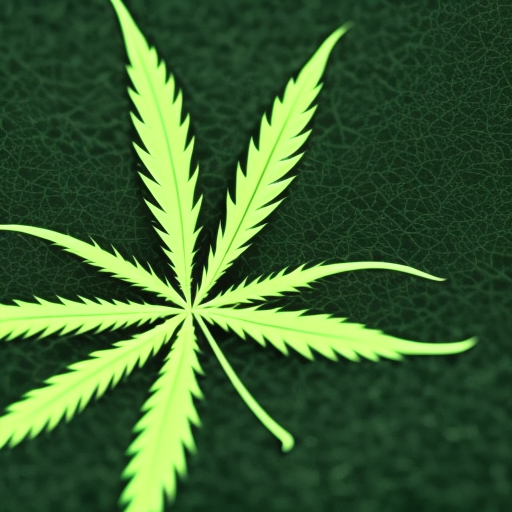
A newly published data report from the federal Substance Abuse and Mental Health Services Administration (SAMHSA) has provided insights into treatment admissions for marijuana use in states where cannabis sales remain illegal. Contrary to fears expressed by critics, the data reveals that states with illegal cannabis sales typically have higher rates of treatment admissions for marijuana.
The SAMHSA report, which covers data from 2021, includes admissions to substance use treatment services among individuals aged 12 and older who seek help at state-licensed facilities. The report encompasses nearly 1.5 million admissions nationwide over the course of the year.
According to the SAMHSA data, 10.2 percent of all admissions recorded in the Treatment Episode Data Set (TEDS) were related to marijuana or hashish as the primary substance. This places marijuana as the fourth most common substance, following alcohol (34.8 percent), heroin (20.2 percent), and methamphetamine (13.5 percent). Marijuana admissions surpassed those for “other opiates/synthetics” (9.1 percent) and cocaine (5.6 percent).
On a per capita basis, the top ten states with the highest admissions rates for marijuana as the primary substance were South Dakota, Iowa, Connecticut, South Carolina, Minnesota, New York, Wyoming, Georgia, North Dakota, and New Jersey.
Interestingly, although South Carolina and Wyoming do not permit recreational marijuana sales, all the other top ten states had not legalized recreational sales by the start of 2021. However, New York, New Jersey, and Connecticut went on to legalize adult-use cannabis later in the year.
Conversely, states with the lowest rates of admissions primarily for marijuana were New Hampshire, New Mexico, West Virginia, Montana, Puerto Rico, Hawaii, Arizona, Illinois, Maine, Massachusetts, and Pennsylvania.
It is worth noting that Washington State and Oregon did not provide figures for the SAMHSA report despite having legal recreational marijuana sales in 2021.
Overall, treatment admissions for all substances decreased nationally between 2020 and 2021 due to the impact of the coronavirus pandemic. Notably, admissions for cannabis treatment fell by more than 10,000 from the previous year, while admissions for heroin also declined.
The SAMHSA data provides insight into substance use disorders; however, it is important to consider other factors that can influence treatment admissions. Issues such as available resources, referral systems, and the criminal justice system’s role in referring individuals to treatment can affect who receives services and for which substances.
For instance, a study based on SAMHSA data found that referrals for marijuana-related treatment declined more rapidly after states legalized cannabis. This trend was attributed to a decrease in cannabis-related arrests among young adults aged 18 to 24. The study recommended that primary care physicians and healthcare professionals play a more significant role in recognizing cannabis use disorder and referring individuals to treatment.
In another study, researchers discovered that referrals to foster care decreased after the adoption of medical cannabis laws but did not change significantly following adult-use legalization. However, a separate report found that recreational legalization was associated with a notable decrease in foster care admissions, including reductions related to parental drug abuse.
Additionally, recent research suggests that marijuana is significantly associated with reduced cravings for unregulated opioids when used without a prescription. This finding indicates that expanding access to legal cannabis may provide individuals with a safer alternative.
In conclusion, the SAMHSA report sheds light on treatment admissions for marijuana use in states where cannabis sales remain illegal. The data demonstrates that these states typically have higher rates of admissions compared to states with legal sales. However, it is essential to consider various factors that influence treatment admissions and develop comprehensive strategies for addressing substance use disorders.

